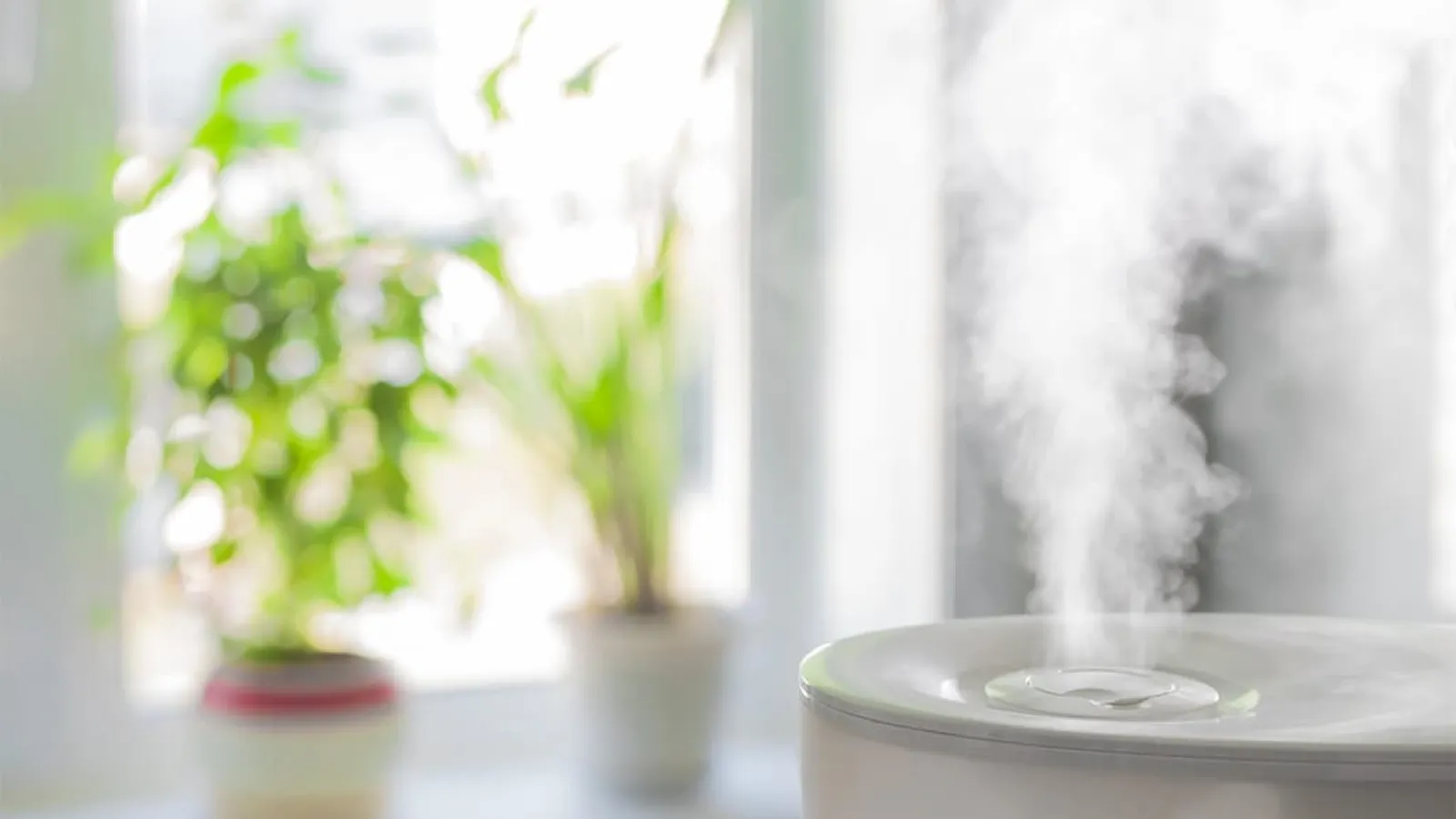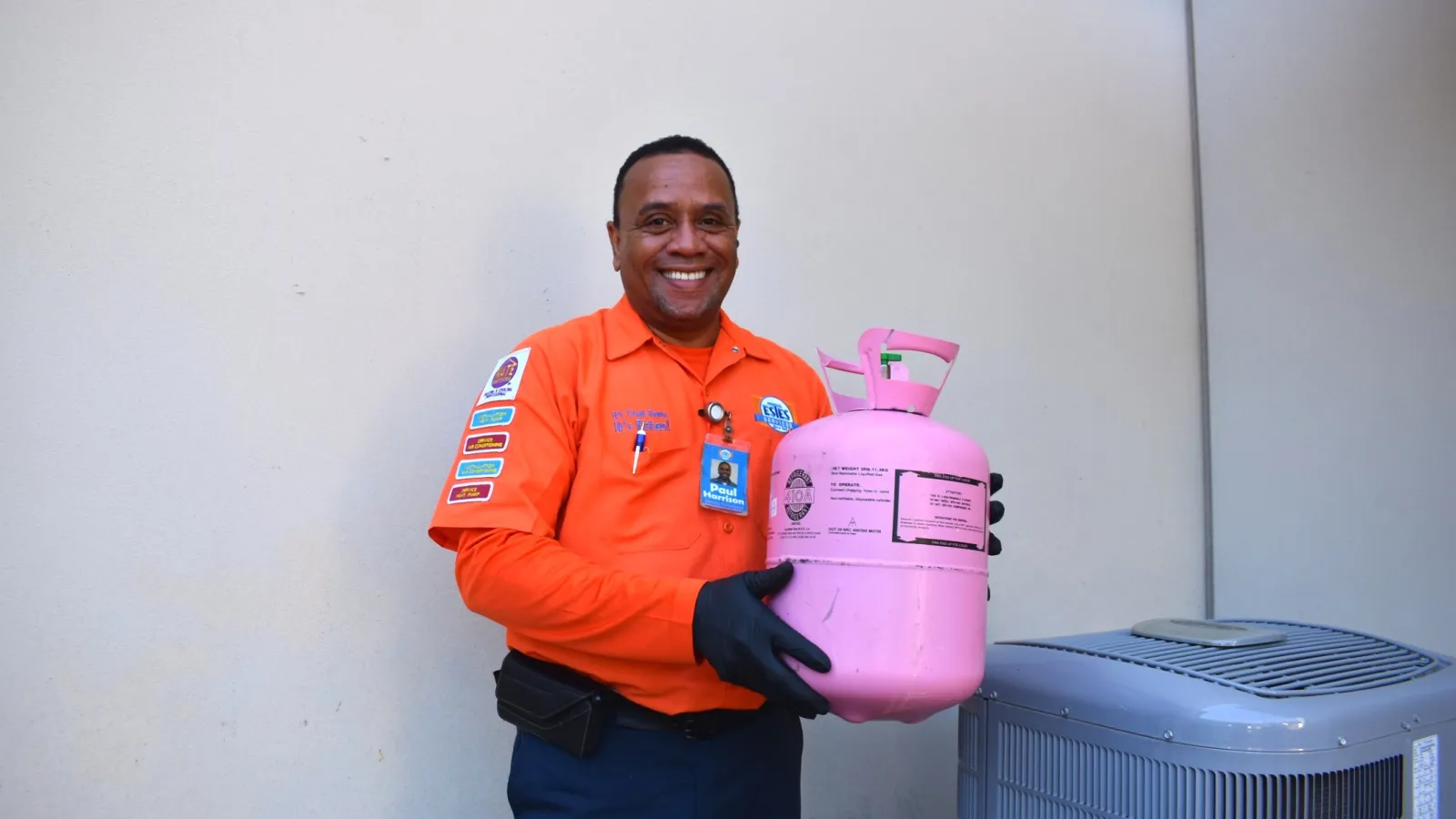Understanding your HVAC parts makes it easier to understand the ins and outs of your heating and cooling system. It also demystifies the sometimes-confusing lingo your HVAC technician uses when discussing new installations or repairs. In part one of our series, we discussed some basic HVAC parts terms – now, we dive into more advanced terminology for a better understanding of your systems!
HVAC Parts for Heating
Here we define some of the HVAC parts you may hear about during heating season, such as when making an upgrade or repair to your heating system.
- Heat exchanger: The heat exchanger creates heat. It releases heat from combustion of fuel into the surrounding air.
- Flue pipe: The flue pipe is an exhaust pipe for a fuel-burning furnace. It allows combustion byproducts to safely vent away from your home.
- Ignitors: Also called a hot surface ignitor, this is the ignition system of a modern furnace which starts the fuel burning process.
- Pilot light: Older furnaces are often equipped with pilot lights, which burn constantly and ignite fuel for heating.
- Burners: Burners combine fuel and air to create a flame and produce the heat source for the furnace.
- Gas valve: The furnace’s gas valve allows gas into the furnace at the correct pressure for heating. You can also shut off the gas valve to prevent gas from entering the furnace.
- Thermocouple: A thermocouple is used in conjunction with a pilot light, and senses when the pilot light is active. If it does not function correctly, it will not sense heat and will shut off gas to the furnace.
- Flame sensors: Flame sensors are safety devices that detect heat as a hot surface ignitor is used. If the flame sensor does not detect heat, the gas supply will not flow.
- Limit switch: Limit switches detect temperatures within a furnace. If the furnace is operating too hot, the limit switch signals the gas supply to turn off for safety.
HVAC Parts for Indoor Air Quality
Another function HVAC parts serve is to providing airflow and good indoor air quality. These HVAC parts terms refer to components used for air movement and cleaning,
- Plenum: The plenum is a section of ductwork affixed to the return or supply side of the air handler and connects the HVAC system to the ductwork for air distribution.
- Registers: These are the covers for the inlets and outlets of ductwork within your home. They typically include levers to control airflow coming from the ducts.
- Humidifiers: Humidifiers are either portable or whole-home and add moisture to the air to balance relative indoor humidity levels.
- Dehumidifiers: Dehumidifiers are either portable or whole-home and remove excess moisture from the air to balance relative indoor humidity levels.
- Air cleaners: Air cleaners provide advanced filtration to remove airborne contaminants. They may be portable or whole-home to work with your HVAC systems.
- Ultraviolet lights: Ultraviolet lights are a type of air cleaner which uses ultraviolet energy to neutralize contaminants and prevent their multiplication, such as with mold, bacteria or viruses.
Estes Services in Atlanta is Your Heating and Air Expert
Estes Services believes every Atlanta homeowner should have a basic understanding of HVAC parts. We’re here to help you with that – in addition to the terms above, if you ever have questions about HVAC parts and what our industry terms mean, please feel free to ask! So contact us today for reliable, quick installation, repair, and maintenance!
Related: HVAC Parts Atlanta Homeowners Should Know: Part One


